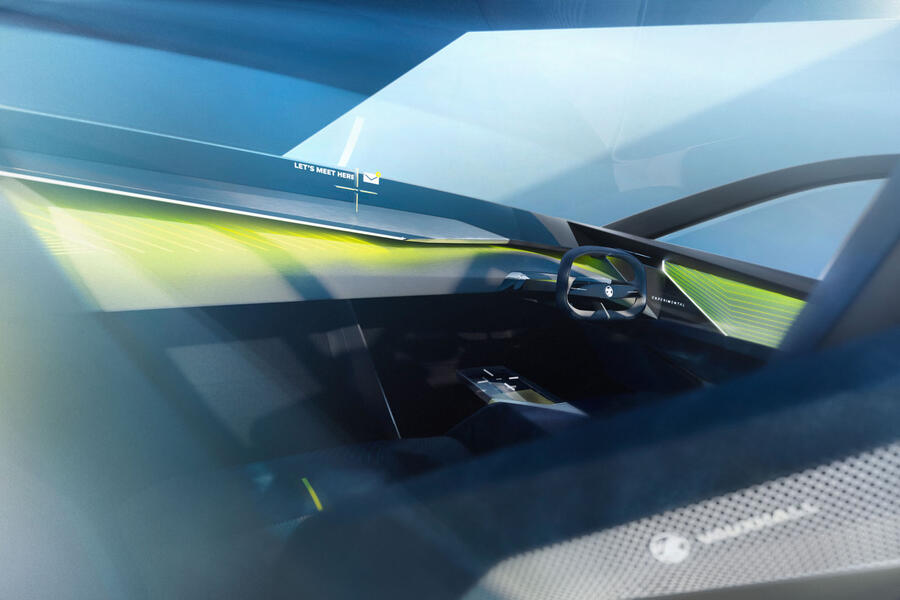- The BMW ART MAKERS program supports an artist-curator duo each year in creating an experimental visual arts project.
- The winners of 2023, Eva Nielsen and Marianne Derrien, present their project INSOLARE.
- Eva Nielsen was selected by Fiona Rogers, curator of the Elles x Paris Photo program, which promotes women photographers, launched by the French Ministry of Culture.
- BMW France, a partner of Paris Photo and the VIP program for 21 years, provides the fair with a fleet of electric cars for transportation.
- The BMW ART MAKERS program goes beyond by considering the impact of the territory on the exhibition, with an exploration of human activity’s impact on landscapes and a recyclable scenography, aligning with BMW Group’s environmental and circular strategy.
Paris. BMW Group has been a major supporter of culture for fifty years, contributing to the arts and knowledge dissemination through partnerships like the long-standing one with Paris Photo. BMW France supports the VIP program and provides a fleet of electric cars for transportation. The BMW ART MAKERS program supports an artistic project and exhibition curated by an artist-curator duo each year.
The INSOLARE exhibition presented by the BMW ART MAKERS winning duo.
The INSOLARE project is a collaboration between artist Eva Nielsen and curator Marianne Derrien specifically conceived for Rencontres d’Arles and Paris Photo, in which BMW is an official partner. Their poetic and scientific approach questions time and the changes in urban and Camargue landscapes. The project highlights the environmental changes leading to the disappearance of certain urban, industrial, and natural landscapes, constantly raising concerns about the human impact.
Eva Nielsen focuses on geographical and geological changes, a subject rarely explored by women artists. She took numerous photographs during her visits to the Camargue, which were then printed on curtains and transparent paper and re-photographed, superimposed on new samples from the Camargue. Through this process and the use of various materials and media such as photography, silkscreen, painting, veils, and fabrics, the images are overlaid and hybridized, creating a form of transfiguration. Nielsen sees her work as a topographer, bringing forth a “state of awareness” regarding the reality of a territory, its architecture, and environment. INSOLARE reflects the changing urban and industrial landscape of the Camargue.
Marianne Derrien, the winning curator, explains that in INSOLARE, Eva Nielsen explores climatic and geological phenomena that resurface as spectres of rural and industrial reality. Her road trip routes intersect with the territories leading to Arles, where the Camargue begins. The artist creates visual confusion, interweaving photography, silkscreen, and painting. Instead of official cartography, her subjective geography unfolds through the paths she takes. The accumulation of these solar and liquid landscapes forms a horizon of experience, where the feminine perspective connects the body and water. Nielsen and Derrien have designed a scenography that minimizes the project’s environmental impact.
Reusable and recyclable scenography
The scenography aims to address environmental and cultural heritage preservation. Aligned with BMW Group’s circular strategy, the exhibition aims to minimize the production and use of materials. Self-supporting metal structures have replaced traditional picture rails and are designed for reuse at the Paris Photo edition in November after Rencontres d’Arles.
“The BMW ART MAKERS program reflects BMW Group’s commitment to culture and society. From concept to exhibition, the INSOLARE project intertwines territory, ecology, and a feminine perspective, offering an original vision of the Camargue. The project’s reusable scenography echoes BMW Group’s environmental and circular strategy,” comments Maryse Bataillard, Head of Corporate Communications and CSR BMW Group France.
According to Florence Bourgeois, Director of Paris Photo, their 21-year partnership with BMW demonstrates strong support for artists. The BMW ART MAKERS sponsorship program provides remarkable support for creativity by showcasing an artist-curator duo each year. They are proud to feature the INSOLARE project by Eva Nielsen and Marianne Derrien at the 26th edition of Paris Photo, held at the Grand Palais Ephémère from November 9 to 12, 2023.
For more information, visit BMW (parisphoto.com).
Since 2022, BMW Group France has also been an official partner of the Cannes Film Festival and Paris + by Art Basel.
Stay updated and gain deeper insights into BMW Group’s global cultural engagement by following their Instagram at @BMWGroupCulture.






